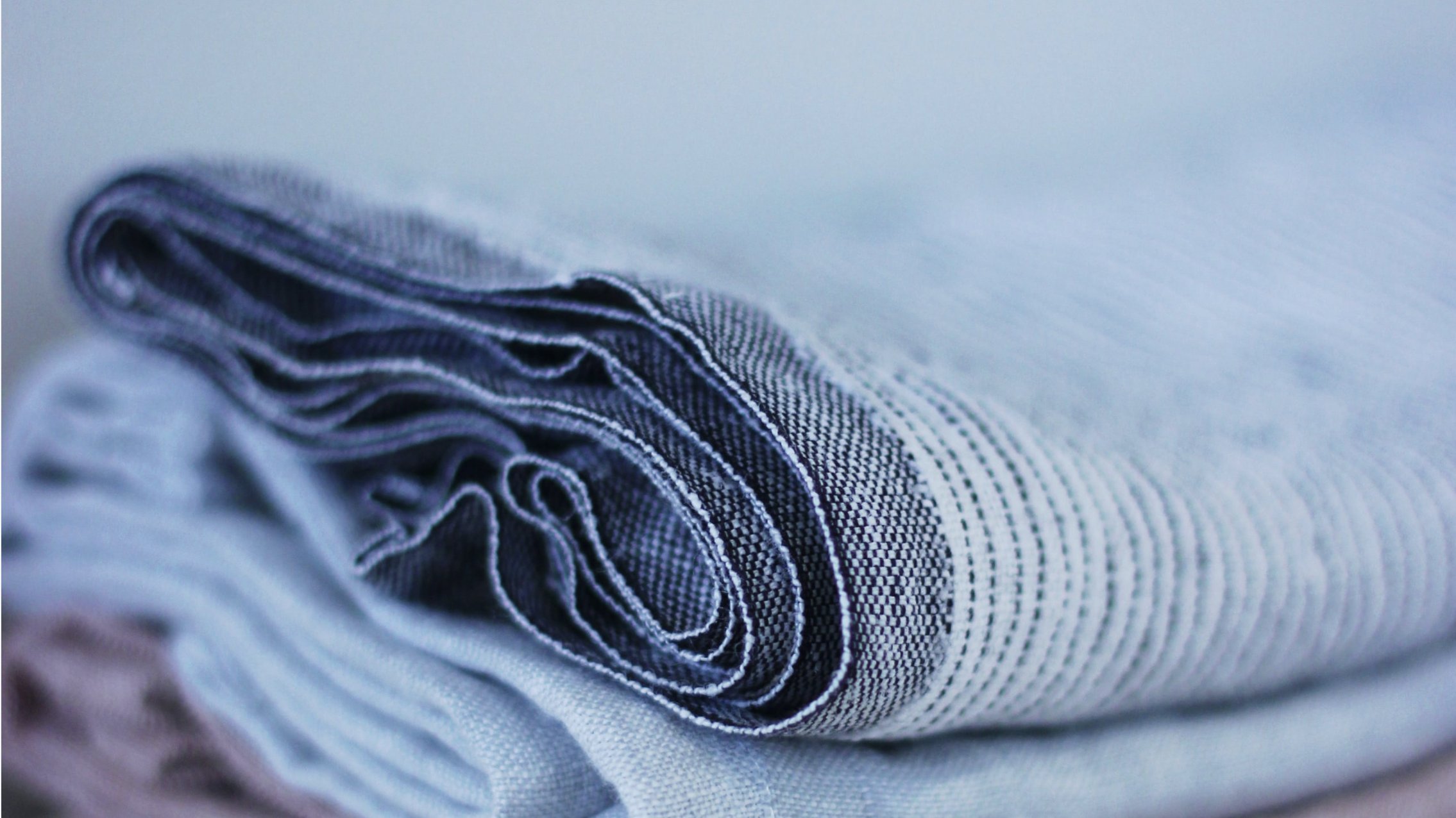Styrene Material: Exploring the Pros and Cons

As a professional writer, I am here to provide you with an informative article on styrene material. In this article, we will delve into the various aspects of styrene material, including its benefits and drawbacks.
Hengli’s Contribution to Styrene Material
Hengli Group is one of the leading manufacturers in the production of styrene materials. Their expertise has significantly contributed to advancements in this field. With their cutting-edge technology and commitment to innovation, Hengli has played a pivotal role in enhancing the quality and versatility of styrene-based products.
The Advantages of Styrene Material
Styrene material offers several advantages that make it highly sought after in various industries:
- Durability: Styrene-based products are known for their exceptional strength and resistance to impact, making them ideal for applications requiring long-lasting performance.
- Versatility: This material can be easily molded into different shapes and sizes, allowing manufacturers to create customized solutions for specific requirements.
- Cost-effectiveness: Styrene is relatively inexpensive compared to other materials such as metal or glass. Its affordability makes it a preferred choice for budget-conscious projects without compromising quality.
- Insulation properties: Styrenic polymers possess excellent thermal insulation characteristics, making them suitable for applications where temperature control is crucial.
- Chemical resistance: Many styrenic compounds exhibit high resistance against chemicals, acids, and solvents. This property expands their usability across diverse industrial sectors.
The Disadvantages of Styrene Material
While there are numerous advantages associated with styrenic materials, it is essential to consider the following drawbacks:
- Environmental concerns: Styrene is derived from petroleum, a non-renewable resource. Its production and disposal can have negative impacts on the environment if not managed properly.
- Health risks: Prolonged exposure to styrene vapors may pose health risks, including respiratory issues and potential carcinogenic effects. Adequate safety measures should be implemented during handling and manufacturing processes.
- Susceptibility to weathering: Some styrenic polymers are prone to degradation when exposed to harsh weather conditions or UV radiation. This limitation restricts their outdoor applications without proper protective coatings.
The Future of Styrene Material
Despite its limitations, styrene material continues to evolve with ongoing research and development efforts. Scientists are exploring alternative sources for producing styrenic compounds that are more sustainable and environmentally friendly. Additionally, advancements in technology aim to enhance the safety aspects associated with this material’s usage.
In Conclusion
In conclusion, styrene material offers numerous advantages such as durability, versatility, cost-effectiveness, insulation properties, and chemical resistance. However, it is crucial to address environmental concerns associated with its production and disposal while ensuring appropriate safety measures for workers’ well-being. With continuous improvements in sustainability practices and technological innovations within the industry, we can expect a brighter future for styrene materials.

